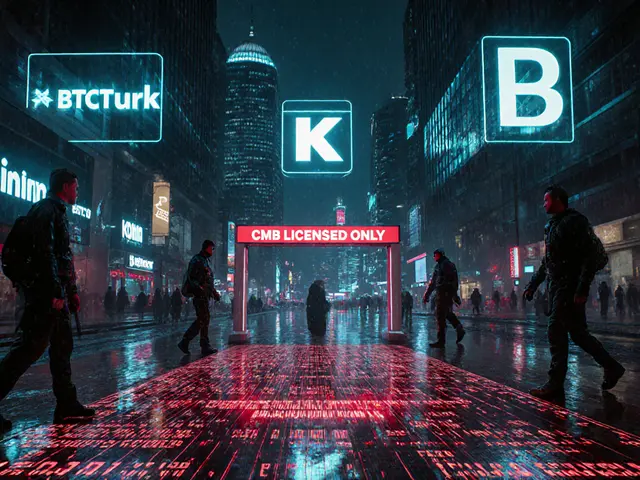zk‑rollup: The Ultimate Guide to Zero‑Knowledge Scaling
The zk‑rollup model bundles dozens or hundreds of transactions off‑chain, then posts a single cryptographic proof back to the main chain. When working with zk‑rollup, a Layer 2 approach that compresses transaction data and validates it using zero‑knowledge proofs. Also known as zero‑knowledge rollup, it lets users keep the security of the base layer while enjoying dramatically lower fees.
At its core, a zk‑rollup encompasses zero‑knowledge proof, a cryptographic method that proves a statement is true without revealing the underlying data. This proof, often a SNARK or STARK, replaces the need for each transaction to be individually verified by miners. Because the proof attests to the correctness of the entire batch, the main chain only needs to store minimal data, which slashes gas costs.
Zero‑knowledge proof technology requires robust layer 2 scaling, solutions that move transaction processing off the base blockchain while still anchoring security to it. In the zk‑rollup world, the rollup contracts act as the bridge between the off‑chain executor and the on‑chain verifier. This relationship means developers can achieve high throughput without sacrificing decentralization.
Why Ethereum Turns to zk‑rollups
Ethereum Ethereum, the leading smart‑contract platform that powers DeFi, NFTs, and countless dApps faces congestion when demand spikes. By integrating zk‑rollups, Ethereum benefits from reduced block space usage, faster confirmation times, and lower transaction fees. Projects like ZKSync and StarkNet illustrate this synergy: they run their own execution environments, generate zero‑knowledge proofs, and settle the results on Ethereum’s consensus layer.
Take StarkNet, a permissionless zk‑rollup built on STARK proofs that offers high scalability and programmability. StarkNet’s architecture lets developers write smart contracts in Cairo, then batch and prove them off‑chain. The resulting proof is posted to Ethereum, where it’s verified in a single step. This workflow enables secure, instant finality for end‑users while keeping the Ethereum base layer safe.
Other ecosystems, such as zkSync Era, follow a similar pattern but use SNARKs for even smaller proof sizes. Both StarkNet and zkSync demonstrate that different zero‑knowledge proof systems can coexist under the broader zk‑rollup umbrella, giving developers flexibility to choose between proof generation speed and on‑chain verification cost.
Beyond cost savings, zk‑rollups bring privacy benefits. Since the proof reveals only that the batch is valid, transaction details stay hidden from the public ledger. This feature opens doors for confidential DeFi, private voting, and other use cases where data confidentiality matters.
Overall, zk‑rollups form a critical piece of the scaling puzzle. They link advanced cryptography, Layer 2 engineering, and the Ethereum security model into a single, efficient system. Below you’ll find a collection of our latest articles that dive deeper into each of these topics—from the math behind SNARKs to hands‑on tutorials for building on StarkNet. Explore the posts to see how you can start leveraging zk‑rollups in your own projects.




